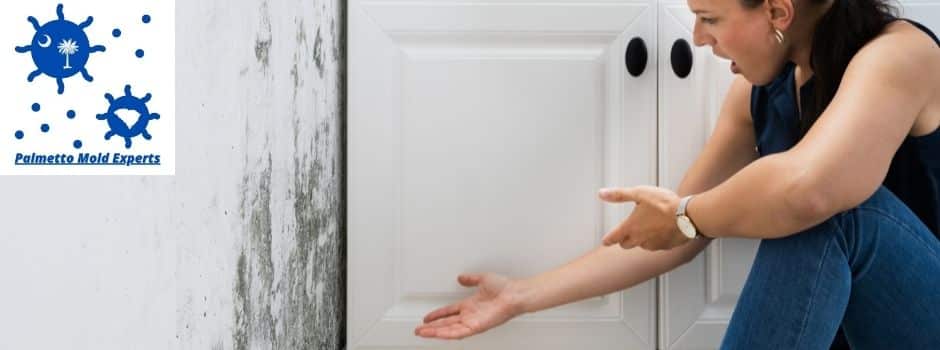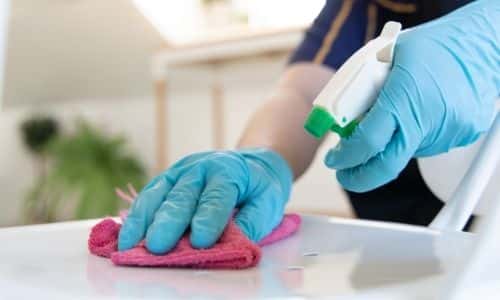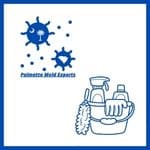
Residential Mold Removal Methods in South Carolina
When considering the cost of removing mold, residential mold removal methods are often the most economical. Some mold removal techniques in South Carolina are more effective than others, and can even be used to repair just one area. For example, if mold has gotten into drywall in a corner of your house, you can replace it and still clean the rest of the room. However, if you have damaged drywall in other areas, you will likely need to replace it.
DIY mold removal
If you're interested in using a DIY method to clean up mold in your home, consider mixing baking soda with water and cleaning surfaces with this solution. The baking soda will absorb the mold odor and reduce its toxicity. It's also safe to use in your home. And, it's a good idea to have some around! Luckily, there are many ways to get rid of mold and mildew in your home yourself.
Before tackling any DIY mold removal project, first identify the source of the mold. If you're trying to remove mold from a wall, you need to find the source of the moisture in the wall or ceiling. Once you know where the mold is coming from, you'll be able to determine how long it's been there. Once you know the duration, you can determine how best to remove it. You'll want to follow the manufacturer's instructions for cleaning materials, as well as spot check surfaces to be sure that no mold has spread.
Another effective DIY method for residential-level mold removal is to use lemon juice. If you don't have lemon juice on hand, you can buy lemon juice at your local grocery store. To prevent mold infestations in the future, you'll want to control moisture in your home by making sure that it doesn't collect in one place. A few drops of lemon juice in a glass of water can kill mold quickly and easily.
Professional mold removal in South Carolina
When you suspect that your home has a mold problem, hiring a professional is essential. Mold remediation specialists in South Carolina will first use containment and ventilation techniques to prevent the spread of mold spores. They may also use air scrubbers to filter out moldy air. Once containment has been achieved, mold remediation technicians will proceed to cleaning. They will clean up the affected area, dispose of infected materials, and apply biocide/fungicide/moldicide solutions.
First, you should remove any personal belongings from the moldy areas of the house. Then, you should cover the area with heavy plastic. This will prevent the mold spores from spreading and killing the residents in the house. Moreover, the plastic may be sealed with duct tape to prevent the spread of mold spores. If your home has heating vents, you can also cover them with heavy plastic.
Residential mold removal services will charge a nominal fee if the area affected is less than 10 square feet. If the area is smaller than 10 square feet, it may be possible to clean it on your own. You will need a mold cleaner and protective gear. However, it will cost more if the problem is deep. Additionally, you should note that the costs of residential mold remediation are higher when wide surfaces are involved.
Using a disposable paint brush
If you've discovered mold on your walls or on your ceiling, you should consider using a solution of one part water and one part bleach. The bleach will eliminate odor and kill any remaining mold. If you're unsure whether or not mold is present, you can always mix a little vinegar with water and clean the affected area by scrubbing with it. If you're dealing with a painted wall, be sure to use a stain-blocking paint. Similarly, if your bathroom is tiled, you should clean its walls with a high gloss paint. And remember to clean windows and window sills often when moisture is present.
It's important to wear a protective mask, eye protection, and gloves during mold removal. While using household bleach, you'll need stronger solutions to kill more difficult mold stains. You can also use oxalic acid to eliminate mold stains. It's important to wear rubber gloves when handling any type of chemical solution, because bleach is highly toxic. Regardless of how much you use, it's better to wear protective gear than risk spreading mold spores.
Before you begin cleaning a mold-infested surface, you should determine if it's a patch or a larger blob. Mold inside walls usually stays inside the walls and appears as patchy, small spots that may be black, white, or gray-green. The mold's spores may be visible and smell musty. If you suspect mold, don't attempt to clean it yourself. You should first contain the area before moving on.
Using a vacuum to remove mold
While a vacuum is very useful for removing visible mold, it is not always appropriate for cleaning the mold in a residential home. Hidden mold may be hidden behind wallpaper or drywall, or under paneling, baseboards, or carpet pads. Vacuuming with a standard wet/dry vacuum does not have the proper filters for mold removal and can spread the spores throughout the home.
In addition to using a vacuum to remove mold, homeowners should also wear appropriate protective gear when cleaning with a mold-remediation product. Proper protective gear includes long rubber gloves and safety glasses, and a face mask rated N95 or higher. These are necessary because mold spores can travel in the air and get on the hands and forearms of people working with it. For additional protection, use a mask with a HEPA air filter.
If the mold in a residential home is not a threat to health, then a vacuum can be a great option for mold remediation. These machines have HEPA filters to capture tiny particles. A good HEPA vacuum is also capable of cleaning heavy dust and mold if the exhaust goes outside the home. Using a vacuum to remove mold from residential homes will help prevent ongoing exposure to mold spores and ensure that the area remains free of dust.
Using an air purifier to remove mold
Using an air purifier to remove residential mold can be beneficial for a variety of reasons. Most of the time, this kind of device will remove the vast majority of mold spores from the air, which is a continual process. However, a mold air purifier may be more effective if it also features a low noise level and easy filter replacement. Ultimately, it is important to protect your family from any dangers associated with mold, and a mold air purifier will help.
One of the most important things to consider when choosing a residential air purifier is how long it will run. It must be able to run for as many hours as possible, because mold spores constantly circulate in a home. If you are looking for a longer-lasting air purifier, you should opt for one that has a wider coverage area. A 250-square-foot room will be cleaned by a purifier four times an hour. Similarly, if you are looking for a residential air purifier, you should buy a unit that covers at least 300 square feet.
The effectiveness of an air purifier depends on the type of mold infestation in the home. Mold spores travel through the air and seek out new places to grow. Air purifiers work by removing these mold spores, which can have negative consequences for your health. In addition to preventing mold growth, air purifiers can also help you prevent further damage caused by mold. They also remove the odors caused by mold growth.
Using a sanitizer to remove mold
If you suspect that your home may have a mold infestation, the first step is to move everything away from the affected area. If you don't have the time to move everything, lay out plastic on the floor and use Dawn dish liquid to remove dirt and debris from the affected area. Dawn dish liquid will not kill mold, but it can make mold removal easier. You can also purchase a mold cleaner from a home improvement store, and you can make your own by using a bleach solution of one cup (8 ounces) household laundry bleach to one gallon of water.
While the most common form of mold is black, there are other types of mold that are equally dangerous. Black mold, for example, contains the highest levels of toxicity, but it is not the only type. Other types of mold are gray, white, green, and even black. Most common in warm, damp places, mold is most dangerous when it clings to walls, ceilings, and other surfaces.
Before using a sanitizer to remove a mold problem, you should always wear proper protective gear. You should wear gloves, eye protection, and a N95 or higher mask. You should also close all air vents to protect yourself from any contaminants that might be emitted through the air. And always store all mold-damaged materials in a closed plastic bag. This will help prevent the spores from spreading throughout the home in South Carolina.


Need help with a mold problem in South Carolina? Find the mold service that is right for you:
- Mold Inspection
- Mold Remediation
- Mold Removal
- Mold Testing
- Commercial Mold Remediation
- Commercial Mold Removal

